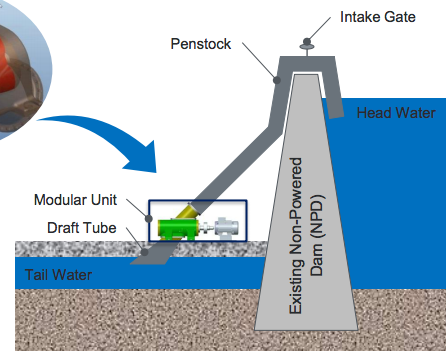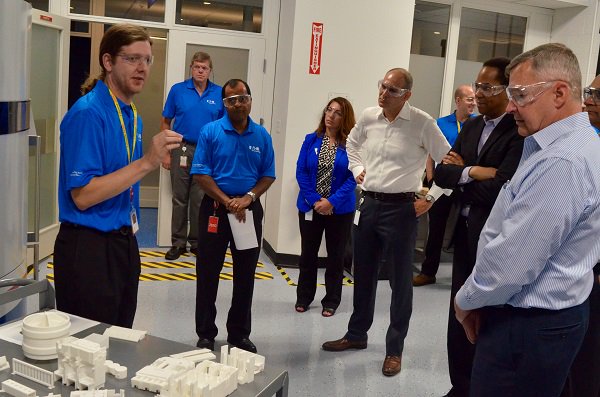US power management firm Eaton is applying additive manufacturing to generating low-cost hydropower for the Department of Energy. As part of its government contract, Eaton is set to manufacture and test low-cost integrated hydropower turbines and generator sets, before trialling a scaled-down test generator next year.

The turbines will be used within US waterways, to tap in to the “50 gigawatts of potential capacity” that, according to Eaton’s principal engineer David Yee, “remains untapped at existing small-scale hydropower sites”, dams where hydroelectric conversion facilities do not yet exist.
Cost saving by 3D printing concept models
While Eaton is not the first to use 3D printing in hydroelectricity generation, its use of 3D printing for conceptualization is on a larger scale. As part of their design process for a modular helical rotor turbine-generator system, Eaton engineers plan on cutting costs by 3D printing the initial concept models. They will then 3D print test components to make the hydroelectric generators more cost-effective, thereby cutting the cost of the electricity. One of the main concepts to be tested is the efficiency of a solid polymer rotor against that of a hollow metal rotor.
The project is being undertaken with a view to reducing the cost of civil works as a whole, improving the efficiency of public money spent on infrastructure projects. Other more immediate considerations to be taken are the effect of climate change on water levels, and the passage of fish through the dams.
Not designing to manufacture, but manufacturing to design
Eaton’s additive manufacturing centre of excellence opened in 2016 at its innovation center in Southfield, Michigan. At the facility both metal and non-metal 3D printing, is used to produce complex high performance components, tools and fixtures through Direct Laser Metal Sintering and polymer printing.

As part of Eaton’s increasing use of additive manufacturing, engineers worldwide are now trained at the center of excellence. Ramanath Ramakrishnan, Chief Technology Officer at Eaton, commented on the positive effect that additive manufacturing would have on design and innovation, stating that it would “change the paradigm from a ‘design for manufacture’ to ‘manufacture to design’.”
For more on how 3D printing is changing the world subscribe to our free 3D printing industry newsletter. Also follow us on Twitter and like us on Facebook.
Featured image shows an existing Eaton hydro-electric plant. Photo via Eaton.

